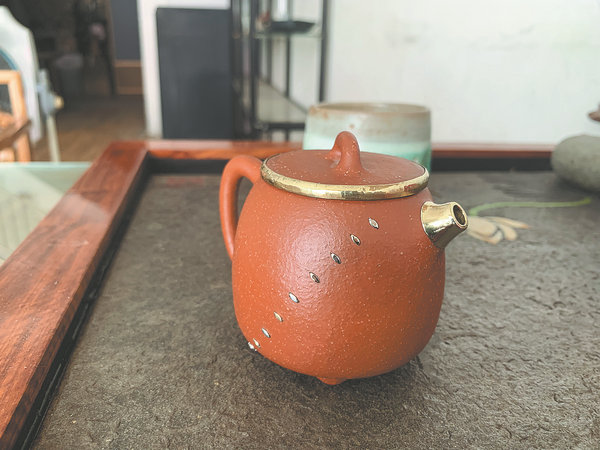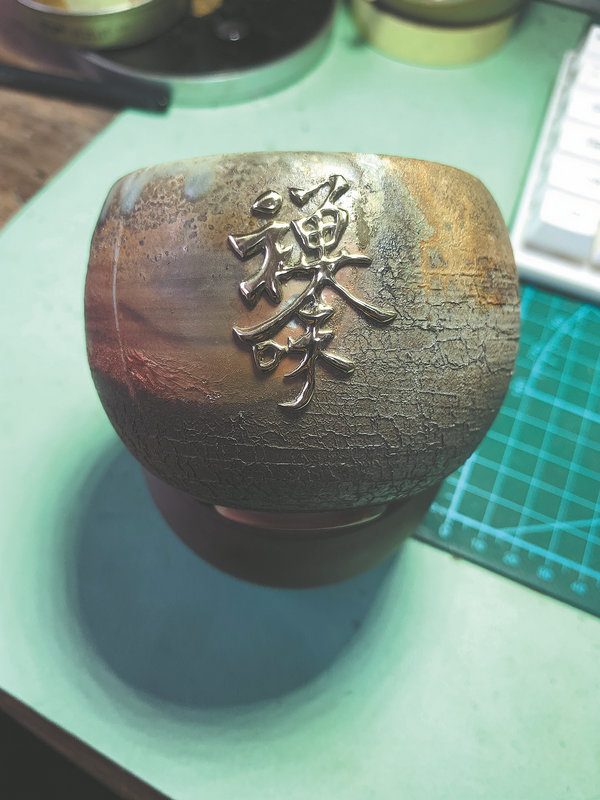

Growing up watching his grandfather mending ceramics, Nie has developed a detailed knowledge of the skills. He says, as a child, there were always some people visiting their home, asking his grandfather to repair items such as ceramic cylinders, basins, jars and teapots. When he watched his grandfather restore the broken items to their nearly original state, he felt like he was "witnessing magic".
Sometimes his grandfather would ask him to give a hand. Gradually, as his grandfather got older, his father took the baton and would help others repair things after work. Nie says his father often told him to learn the technique to continue their family tradition.
"When my grandfather and father were repairing porcelain, they would ask me how I would fix the items. Then they would tell me about the advantages and disadvantages of each idea," Nie says. "For me, putting the broken pieces together was like playing with building blocks. It was quite fun."

Nie first tried to learn and practice this skill when he was in high school. His father taught him how to drill a hole into a porcelain object — it has to be done at an angle of 85 degrees so that when the staple is put in, it won't slide out.
When making a hole in a broken piece, Nie had to evaluate its thickness to decide how deep the hole should be to hold the staple while not making a secondary break to the piece. After several trials, Nie successfully stuck two ceramic pieces together with a staple. He still has that piece as a souvenir.